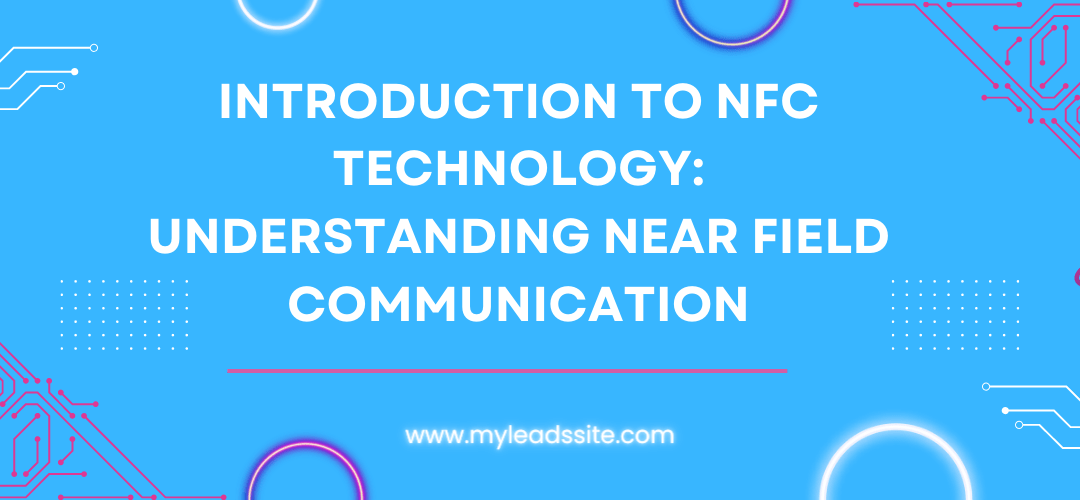Near Field Communication (NFC) technology has become increasingly popular as the world embraces the convenience and efficiency of contactless communication. From mobile payments to public transportation, NFC is revolutionizing the way we interact with technology in our daily lives. This blog post aims to provide a comprehensive introduction to NFC technology, its underlying principles, and the various applications it supports.
What is NFC Technology?
Near Field Communication (NFC) is a short-range wireless communication technology that enables data exchange between devices at a distance of typically up to 4 centimeters (1.6 inches). Developed in the early 2000s, NFC is an extension of the Radio Frequency Identification (RFID) technology, which is widely used for inventory management and access control systems.
How Does NFC Work?
NFC operates at a frequency of 13.56 MHz and uses electromagnetic induction to transmit data between two devices. The technology is based on the principle of magnetic coupling, in which an alternating current in one device generates a magnetic field, inducing a voltage in the other device’s coil.
NFC devices can operate in three different modes:
- Reader/Writer Mode: This mode enables an NFC-enabled device (e.g., a smartphone) to read information stored on an NFC tag, such as a poster or a business card.
- Card Emulation Mode: In this mode, an NFC-enabled device emulates an NFC card, allowing it to be used for mobile payments or access control systems.
- Peer-to-Peer Mode: This mode allows two NFC-enabled devices to exchange data directly, facilitating seamless file transfers or contact sharing.
Applications of NFC Technology
NFC technology has a wide range of applications across various industries:
- Mobile Payments: NFC-enabled smartphones can be used to make contactless payments at Point of Sale (POS) terminals, replacing the need for physical credit cards. Examples include Apple Pay, Google Wallet, and Samsung Pay.
- Public Transportation: NFC is increasingly being adopted for ticketing in public transportation systems, allowing passengers to use their NFC-enabled devices or cards to pay for their journey.
- Access Control: NFC-enabled cards or devices can be used as digital keys to unlock doors or grant access to restricted areas.
- Marketing and Advertising: NFC tags embedded in smart posters or product packaging can provide consumers with additional information or promotional content when scanned with an NFC-enabled device.
- Healthcare: NFC technology can be used for tracking medical equipment, monitoring patient information, and ensuring medication adherence.
- Gaming and Entertainment: NFC-enabled toys, such as Amiibo figures, and gaming consoles can interact with each other to enhance the gaming experience.
Conclusion
NFC technology has brought significant advancements to various industries by offering a secure, efficient, and user-friendly means of contactless communication. As the technology continues to evolve, we can expect even more innovative applications and increased adoption rates in the coming years. By understanding the basics of NFC and its applications, we can better appreciate the convenience and seamless experience it offers in our daily lives.





Zaproxy dolore alias impedit expedita quisquam.